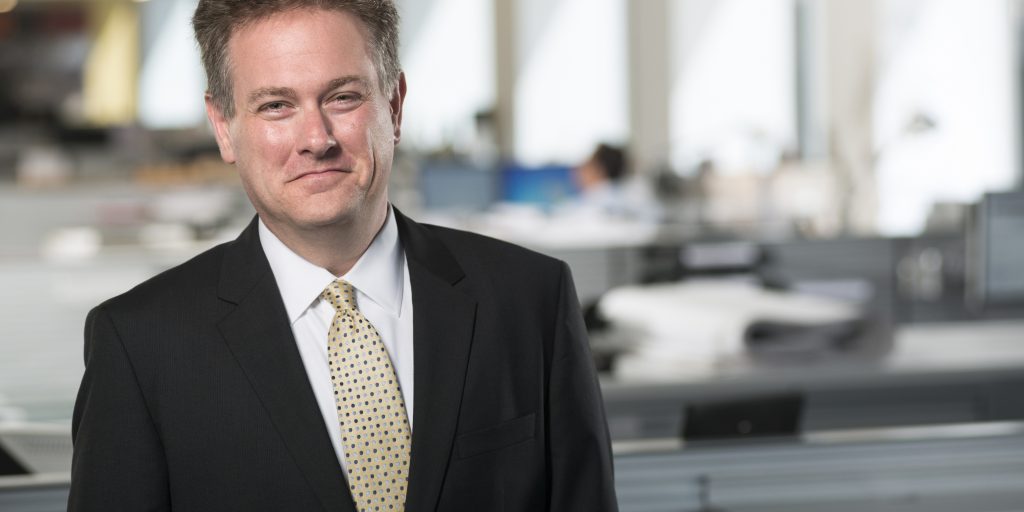The new public safety workplace: Designed for officer wellness
It’s a shocking reality that, according to statistics from the Ruderman Family Foundation research, “first responders (policemen and firefighters) are more likely to die by suicide than in the line of duty. In 2017, there were at least 103 firefighter suicides and 140 police officer suicides. In contrast, 93 firefighters and 129 police officers died in the line of duty.” The demands of policing in the 21st century, including increased use of technologies such as body cameras and predictive analytical software, coupled with significant media and public scrutiny can quickly amplify stress levels in officers.
A typical day in the life of a public safety officer requires that they deal with horrific “critical events” of human life. These types of events can lead to Post Traumatic Stress Syndrome, as well as other mental health issues. Officer health and wellness can no longer be an afterthought. Keeping public safety officers healthy physically, mentally, emotionally, and spiritually, is rising to the top of the priority list for more and more agencies. The drivers for changing the way agencies address these issues include:
- Reducing risk associated with high-stress factors
- Recruiting and retaining officers
- Reducing suicide rates of first responders
New perspectives on work environments
This new perspective requires a major shift in thinking about work environments beyond the literal programming for wellness, counseling, or fitness rooms. The often-overlooked resource of the physical design of the station itself can create a culture that improves the attitudes of staff, reduces turnover, and enhances the sense of security and belonging that prioritizes team-building and communication through intentional design features that encourage:
- Connectedness – Easy access to vehicles and resources that every officer must use means quicker connections to the streets, decreasing response times in emergency situations.
- Communication– Camaraderie and communication between work units leads to smoother operations and fosters a culture of peer support and openness in the workplace.
- Community Conversation – One of the most pressing issues facing public safety agencies across the country is trust and transparency between the officers and the communities they protect. Opening up spaces that respect the community and invite them in to engage in positive ways with the agency is a trend in new facilities.
Holistic wellness
For the stressful lives of public safety professionals, the facility must be a place where officers feel safe, secure, giving them space to decompress and debrief. The layout should be convenient, well organized, and should welcome them into their domain, and simultaneously welcoming the public while keeping unwanted threats out.
The building itself is a tool for recruitment and retention, critical in a competitive landscape where many agencies struggle to recruit qualified officers. Wellness is a multi-faceted strategy that considers the following design elements:
- Acoustic control. Noise affects not only the ability to focus and be productive, but also impacts employee satisfaction levels. Special acoustic consideration is given to secured spaces, particularly in interview rooms where privacy is imperative.
- Lighting tuned to shift workers. Sensitivity to circadian rhythms are a necessary element of lighting design for a facility that operates on a 24/7/365 schedule. New lighting technologies take advantage of positive biological effects on humans to help ease transitions from outside to inside at night.
- Access to daylight and views. Countless studies confirm that sunlight is important to mood, decreased absenteeism, improved memory functions, and a host of other benefits.
- Monitoring building data to optimize thermal comfort and occupancy awareness. Employee satisfaction improves when there is a sense of personalized environmental control.
- Integrated socialization – Many police stations need a culture that breaks down hard-walled fiefdoms and opens departmental areas for more casual gathering spaces, encouraging relationship building, knowledge sharing, and a strengthened sense of shared mission.
- Mental health focus rooms – As policing culture moves closer to peer support and outside mental health clinicians, the need for spaces within the workplace environment to get away and have some alone time will increase.
Facility design is one of the factors that can contribute directly in turning the public safety workplace into a supportive community for officers and the public they serve.
Jake Davis, AIA, LEED AP, is principal and public safety design leader at architecture, engineering, planning and interiors firm DLR Group. Jake is a recognized expert in the design of public safety facilities.




















